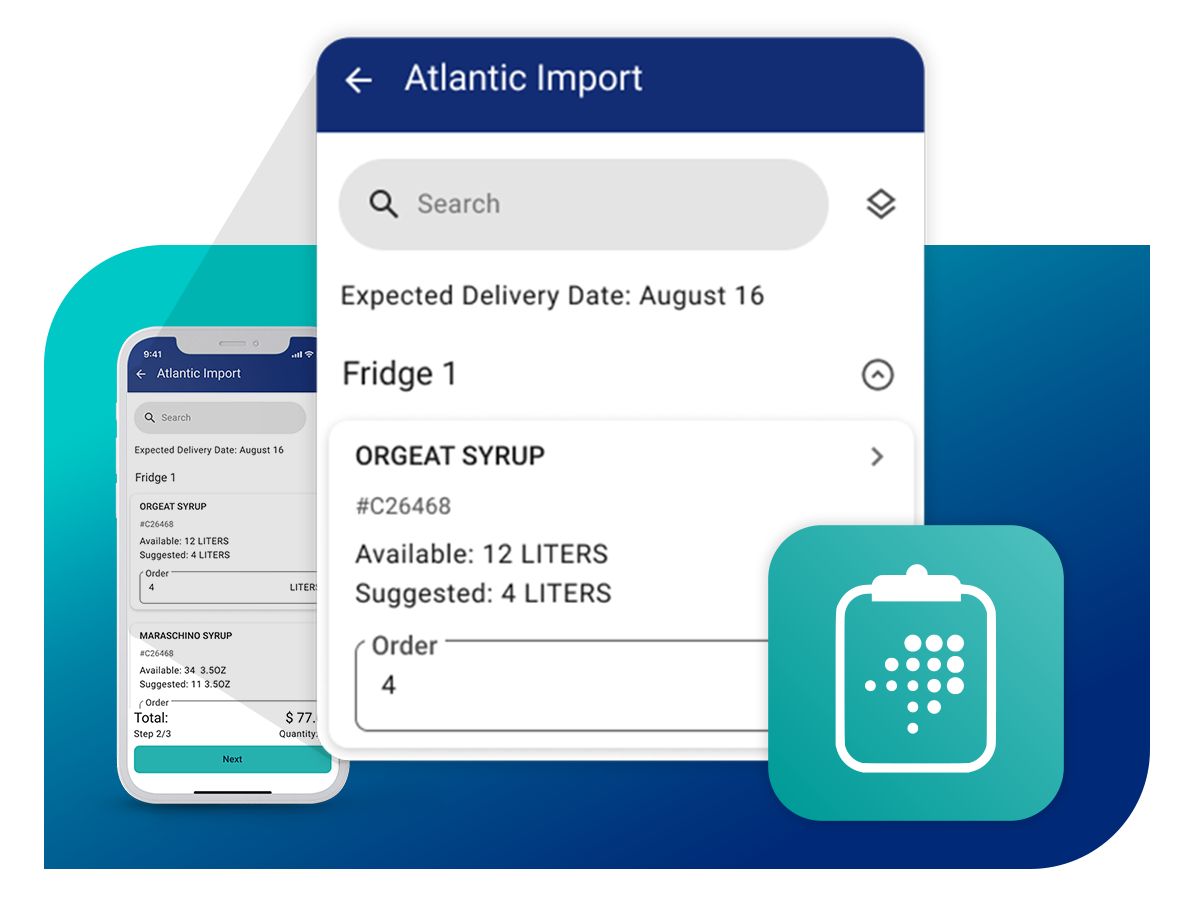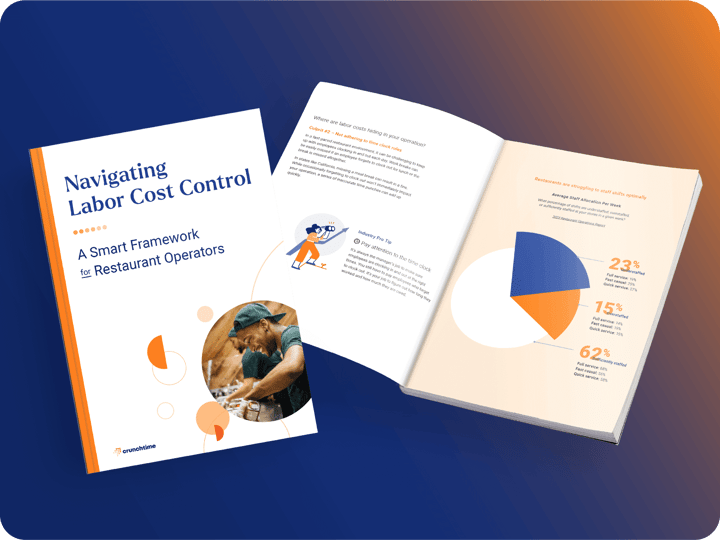![[2023 Research] Food Costs Eat Up 35% of Revenue on Average for Multi-Unit Restaurants](https://www.crunchtime.com/hs-fs/hubfs/Screenshot%202023-09-25%20at%201.51.34%20PM-1.png?length=720&name=Screenshot%202023-09-25%20at%201.51.34%20PM-1.png)
- Home
- Crunchtime Blog
- Navigating Inventory Management Across Currencies and Languages in EMEA

Navigating Inventory Management Across Currencies and Languages in EMEA
Operating restaurants across the EMEA region brings incredible opportunities, but also a unique set of operational challenges. Among the most complex is managing inventory across multiple markets, currencies, and languages. For restaurant, retail, and hospitality brands expanding across borders, the ability to maintain clear visibility of stock, costs, and performance in real time can make the difference between smooth growth and operational chaos.
The Complexity of Cross-Border Inventory
The EMEA region is home to over 100 countries, each with distinct currencies, taxation rules, and supply chain structures. A single brand may have outlets in London, Paris, and Dubai; all operating under different monetary systems and linguistic expectations.
Without a unified approach, teams can quickly lose sight of what’s in stock, what’s moving, and what’s being wasted. Local teams might work with spreadsheets or standalone systems in their local language, while the head office struggles to translate data and consolidate reports. The result? Slower decisions, inaccurate forecasting, and missed opportunities to optimise spend.

Why Multi-Currency and Multi-Language Capabilities Matter
- Financial Accuracy Across Markets
Currency fluctuations and differing tax systems can significantly affect profit margins. Systems that automatically convert and standardise financial data across multiple currencies enable more accurate cost tracking and reporting, ensuring that every transaction, whether in euros, pounds, or dirhams, is correctly reflected at both local and regional levels. - Improved Collaboration Across Languages
Staff in Spain, Germany, or the UAE should be able to access the same system in their own language, with localised units of measure and terminology. This reduces the risk of miscommunication, especially when it comes to stock counts, order quantities, or recipe specifications. - Consistent Data for Smarter Decisions
Centralised inventory data helps finance, operations, and procurement teams work from a single source of truth. Whether adjusting menu pricing or renegotiating supplier contracts, leaders gain a holistic view of what’s driving performance, by region, by currency, and by product.
Balancing Regional Flexibility with Global Consistency
The key is finding an approach that respects local nuances while maintaining standardised processes. That might mean:
- Allowing local managers to order from regional suppliers while maintaining central oversight of spend.
- Supporting multiple languages for operational clarity, yet feeding data back into a unified dashboard for global reporting.
- Automating conversions and translations so teams can focus on insights rather than data entry.
How Crunchtime Supports EMEA Restaurant Operations
At Crunchtime, we’ve seen first-hand how multi-location brands across EMEA are using technology to overcome these challenges. By connecting teams through a single platform that supports multiple currencies, languages, and tax structures, organisations are empowered to manage inventory efficiently while respecting regional requirements.
Our approach focuses on visibility, accuracy, and adaptability: helping brands align global standards with local execution. Whether that’s synchronising inventory data across dozens of markets, or ensuring staff on the ground can use tools in their preferred language, the goal is always the same: to make inventory management simpler and smarter.
Looking Ahead
As brands continue to expand across the EMEA region, the ability to manage multi-currency, multi-language inventory will only become more critical. With the right systems and processes in place, organisations can reduce waste, control costs, and empower teams- no matter where they operate.
Because ultimately, efficiency doesn’t stop at the border.
Request a demo today to see how Crunchtime can help your brand achieve operational excellence, in every location, every day.
Share this post
Related
![[2023 Research] Food Costs Eat Up 35% of Revenue on Average for Multi-Unit Restaurants](https://www.crunchtime.com/hs-fs/hubfs/Screenshot%202023-09-25%20at%201.51.34%20PM-1.png?length=720&name=Screenshot%202023-09-25%20at%201.51.34%20PM-1.png)

Free Guide: 4 Steps to Control Labor Costs in Every Restaurant
![[2023 Research] Restaurant Operators Plan on Growth—How Will They Get There?](https://www.crunchtime.com/hs-fs/hubfs/2023-Restaurant-Ops-Report-Thumb-LP-@2x%20%281%29.png?length=720&name=2023-Restaurant-Ops-Report-Thumb-LP-@2x%20%281%29.png)

